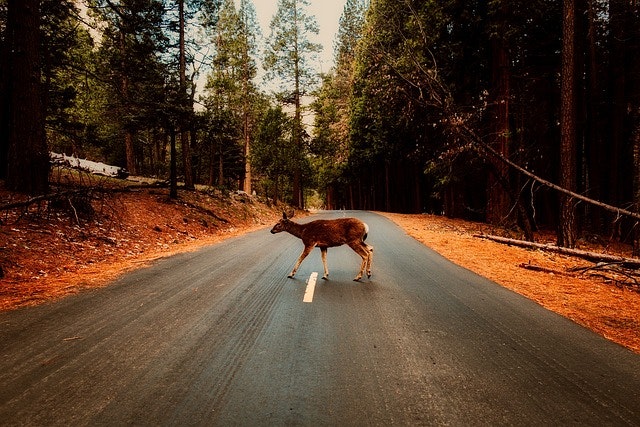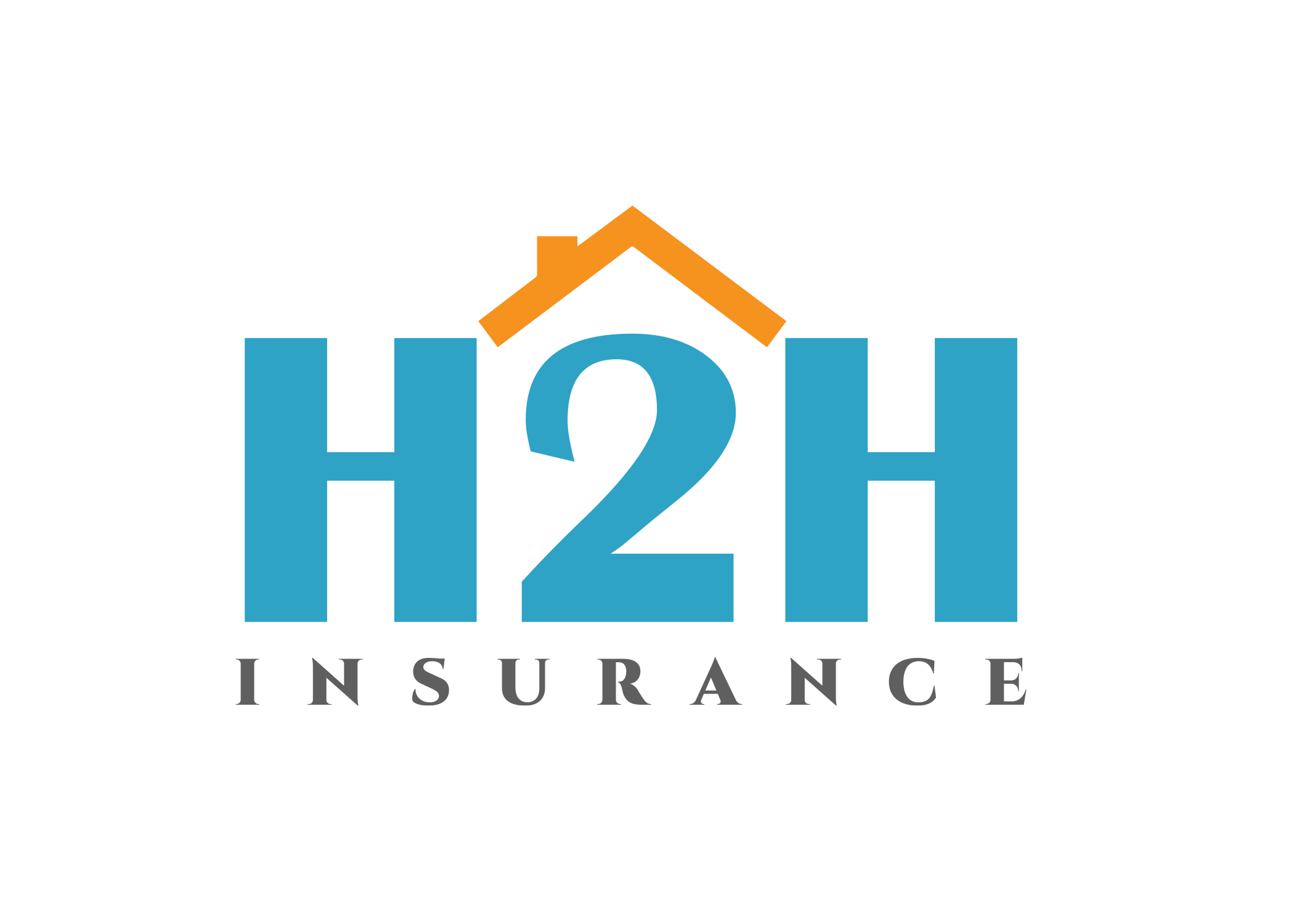
Navigating Fall's Hidden Danger: Deer Collisions
The allure of fall paints our surroundings with beautiful hues of red and orange, but it also ushers in hidden dangers on the roads. A significant spike in deer-related accidents marks these months, carrying a hefty financial impact exceeding $1 billion annually, with an average repair cost of $3,000 per incident. However, armed with knowledge and caution, you can protect both yourself and your vehicle during this high-risk season from October to December.
Be Mindful of Peak Activity Hours
During this season, deer are most active in the afternoon but can be harder to see at dawn and dusk. Exercise extra caution at these times, especially when driving on rural roads or through wooded areas.
Use Your High Beams Wisely
When driving at night, utilize your high beams whenever there’s no oncoming traffic. This allows for spotting a deer's reflective eyes from a greater distance.
Look for More Than One
Should you see a deer cross the road, maintain a slow pace and stay vigilant. Deer often travel in groups, and others may follow closely behind.
Know When Not to Swerve
If a deer suddenly appears in your path, it's advisable to brake firmly while maintaining your lane. Steering abruptly away can result in accidents with other vehicles, trees, or even guardrails.
Heed the Signs
Deer crossing signs are strategically placed in high-traffic areas for a reason. Observing these signs and reducing speed can award you precious seconds to respond.
Use Your Seat Belt
Fastening your seat belt greatly diminishes the risk of serious injury should a collision occur.
If a Collision Occurs, Take the Proper Steps
Position your vehicle safely to the side and turn on your hazard lights. Subsequently, call the police and refrain from approaching the animal. Also, contact your insurance provider to document the incident.
Though deer collisions are a notable seasonal hazard, exercising caution and readiness can substantially mitigate this risk. Stay attentive and treat each rural road or wooded stretch as a potential risk zone. For inquiries concerning your auto insurance coverage, particularly in regards to deer-related accidents, please feel free to contact our office.
